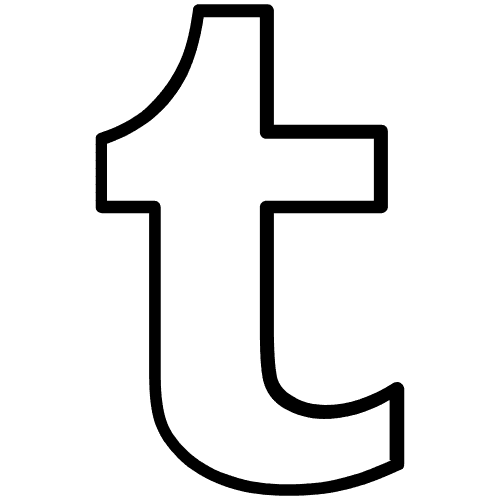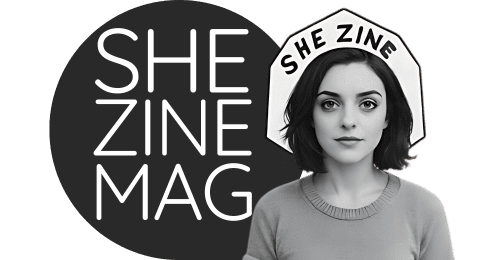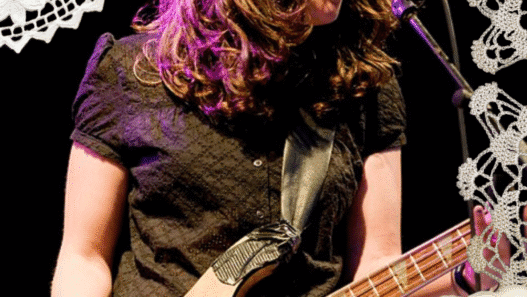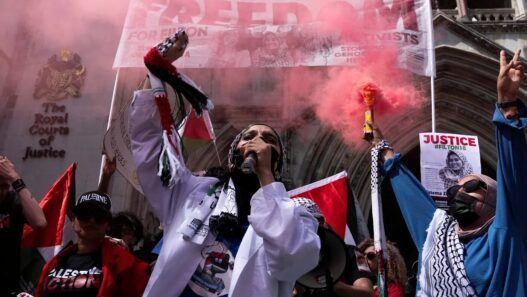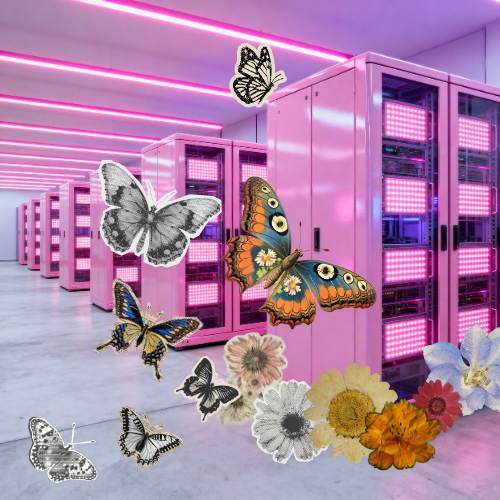Content Note: This article discusses war, censorship, antisemitism, Islamophobia, and professional retaliation against artists, educators, and creatives who have spoken in support of Palestinians.
Since October 2023, musicians, actors, professors, and editors have learned what happens when you say ceasefire out loud. You don’t get applauded for bravery. You get punished. Tours vanish. Roles evaporate. Videos disappear into the algorithmic void. Agencies and institutions cut ties in the name of “risk management.” The cost isn’t abstract—it’s professional, financial, personal.
And yet people keep speaking. Not because it’s safe, but because silence feels worse. For many, the choice isn’t between career and conscience—it’s between complicity and survival. And that’s where the story of Gaza and creativity collides: in the refusal to disappear, even when disappearance is easier.
Creativity Isn’t Neutral
There’s no such thing as apolitical art. There’s only art that props up power and art that challenges it. For decades, cultural institutions have sold the myth that creativity exists in some separate, elevated space where politics don’t intrude. A song about love, a film about family, an exhibit about colour—it’s all meant to float above the mess of real life. But the moment an artist invokes Palestine, neutrality collapses. Suddenly the abstract becomes unacceptable, the universal becomes divisive, and the myth of art’s detachment shows itself for what it always was: a cover story.

We’ve seen this before. In the McCarthy era, Hollywood blacklisted actors and directors for Communist sympathies. During the Vietnam War, campuses cracked down on faculty who dared to oppose the draft. In the 1980s, South Africa’s apartheid regime sparked cultural boycotts that divided the music industry. Each time, art’s supposed neutrality was exposed as a fragile illusion—an illusion maintained only so long as artists didn’t press on the wrong nerve. Gaza is the latest test, and it reveals the same fault lines: whose voices get amplified, and whose get cut short.
Retaliation as Infrastructure
Punishment doesn’t just happen to individuals—it’s baked into the system. It’s not about one person making a controversial statement; it’s about how quickly the machinery of culture swings into motion to make an example out of them.

Take Macklemore’s “Hind’s Hall.” The track, released in May 2024, was blunt in its message, naming genocide and honouring student protests. YouTube didn’t delete the video outright—that would be too blatant. Instead, the platform slapped it with age restrictions and graphic-content warnings. No ban, just bureaucratic friction: fewer impressions, less monetisation, slower spread. Suppression disguised as policy. For other artists watching, the lesson was clear: your song might not be erased, but it can be suffocated.
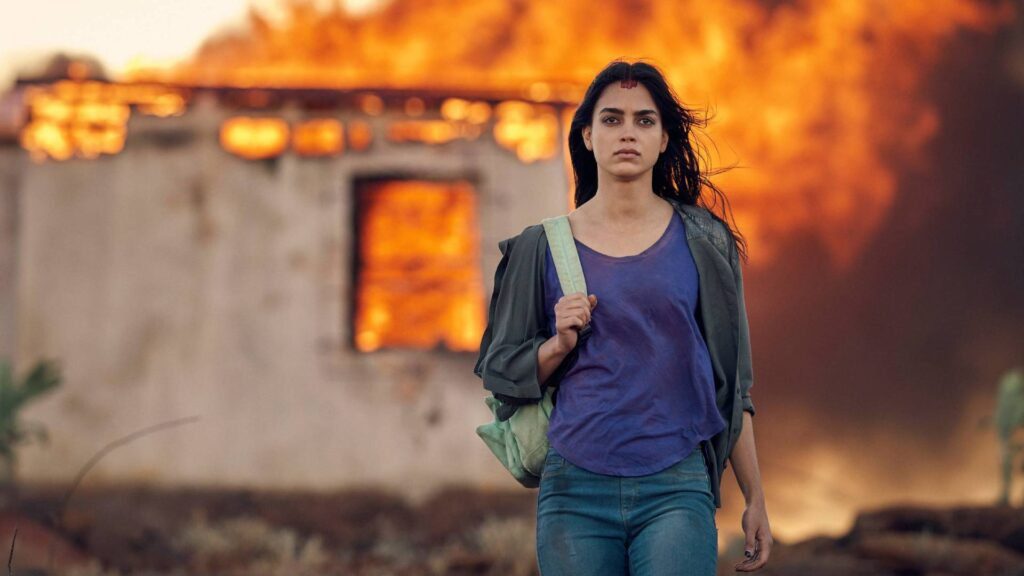
Hollywood offers a parallel lesson. Melissa Barrera posted pro-Palestine messages on Instagram and was cut from Scream VII. Susan Sarandon spoke at a rally and lost her agency representation. Both women were punished not for their craft, but for refusing silence. And their losses reverberated through the industry, sending the quiet message to peers: speak carefully, or risk everything. In the art world, Artforum editor David Velasco was fired after approving a ceasefire letter. The move wasn’t about editorial standards; it was about appeasing donors. In academia, professors at Arizona, USC, and Portland State found themselves suspended or reassigned after speaking out, their freedom of inquiry sacrificed on the altar of liability management.
Retaliation is the infrastructure. It’s how institutions maintain the appearance of free speech while punishing anyone who tests its limits.
When the Cost Gets Personal: Stories From the Front Lines of Culture
When you zoom in, the pattern comes alive in individual lives.
Take Macklemore: his track “Hind’s Hall” surged onto the internet in May 2024, a raw protest song named for Columbia University’s occupied Hamilton Hall. It was urgent, furious, and grieving, written in memory of six-year-old Hind Rajab. The response was massive, but so was the backlash. YouTube didn’t ban the video—that would have been too obvious—but it slapped on age restrictions and violent-content warnings, throttling its reach and kneecapping monetisation. Suppression disguised as moderation. For a mainstream rapper who once topped the charts with feel-good anthems, the professional risk of speaking out became glaring.
Or Melissa Barrera: one Instagram story was enough to end her run as the lead of Scream VII. She spoke about Gaza, the studio called it antisemitism, and the role vanished. Barrera framed it differently: silence wasn’t an option. Her dismissal showed exactly how precarious even a high-profile Hollywood career can be when an artist refuses to toe the “neutral” line.
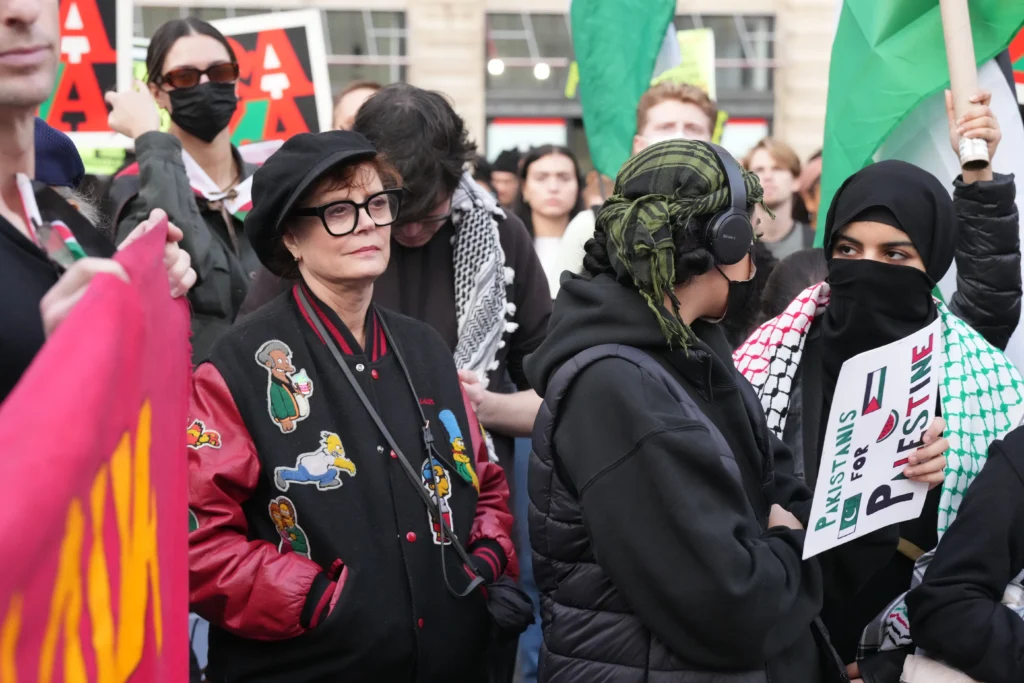
Susan Sarandon met the same wall. A veteran of political causes, she took the mic at a pro-Palestine rally in New York and, by the end of the week, her long-time talent agency had cut her loose. The industry message was loud: there’s room for environmental activism, there’s room for women’s rights—but Gaza is where your freedom ends.
And in the art world, Artforum editor David Velasco lost his job after running an open letter calling for a ceasefire. Within 24 hours, the institution that prided itself on boundary-pushing showed exactly where its boundaries lie.
Across the Atlantic, Belfast rap trio Kneecap learned that even state borders enforce silence. In September 2025, the Canadian government blocked their entry, cancelling sold-out shows in Toronto and Vancouver. Their politics—pro-Palestine, unapologetic—were enough to turn touring into a dead end.

On campuses, professors found themselves disciplined, suspended, or banished to remote teaching after speaking out. Universities insisted it was about “safety,” but the pattern was clear: Palestine is where academic freedom falters.
These stories are not identical, but they rhyme. Each one shows how fast careers can unravel when art refuses neutrality.
The Myth of Neutrality
Silence is not neutral. It’s complicity. To say “I don’t want to get involved” is to side with the structures already in place—the donors, the sponsors, the governments that keep the war machine running. Neutrality is the story institutions tell themselves to excuse inaction, but history has never borne it out.
During McCarthyism, “neutral” actors stayed quiet while their peers were blacklisted. During Vietnam, “neutral” professors avoided protests while others were surveilled and fired. During apartheid, “neutral” bands played Sun City while others chose boycott. In each case, neutrality wasn’t a safe harbour; it was a moral dodge.
Today, to call yourself neutral on Gaza is to pretend you don’t see the bombs, the refugee camps, the student encampments rising on your own campus. Neutrality protects power. Refusal threatens it. That’s why refusal is punished—not because it’s offensive, but because it’s contagious.
What They’re Really Afraid Of
It’s not just about bad PR. It’s about connection.
A protest song that climbs the charts, a lecture that sparks solidarity, an open letter signed by hundreds—these are not just isolated moments. They’re flashpoints of potential connection, reminders that art can still be dangerous when it sides with people instead of power. Institutions fear this because connection leads to mobilisation, mobilisation leads to disruption, and disruption leads to change.
When Macklemore’s “Hind’s Hall” was sung at rallies, when students chanted Barrera’s name in solidarity, when resignations followed Velasco’s firing, the fear wasn’t in the content itself—it was in the chorus it created. What they’re really afraid of is the possibility that someone listening might feel less alone, and that collective courage might replace individual silence. That’s how movements start.
Refusal Is Expensive—But Necessary
Refusal costs money, gigs, opportunities, and sometimes safety. Melissa Barrera lost a franchise role, but she gained solidarity from fans who recognised her courage. David Velasco lost his title, but he revealed the art world’s dependence on donor politics. Macklemore may have lost algorithmic reach, but his song became an anthem at protests worldwide.
These stories aren’t clean victories. They’re messy, painful, and sometimes career-ending. But they prove that refusal is more than a gesture—it’s a form of survival. To refuse silence is to declare that you will not disappear, even when power wants you gone. Disappearance is easy. Presence is hard. And yet presence is the only way culture moves forward.
The people punished for speaking out remind us that art’s value isn’t measured by awards or contracts, but by its willingness to tell the truth when it matters most. Refusal might be expensive, but complicity costs more in the long run.
Do It Together
If the first era of DIY resistance was “do it yourself,” the next must be “do it together.” No single track, lecture, or open letter will topple the system. But together, they form a chorus: protest music climbing charts, actors risking gigs, professors refusing silence, students occupying campuses, editors publishing what donors don’t want to see.
Collective refusal is harder to erase. It spreads across mediums and generations, weaving into something institutions can’t fully contain. The myth of the lone genius collapses here. What matters isn’t individual courage—it’s the chorus of many voices refusing at once. The more people say it, the harder it is to punish all of them.
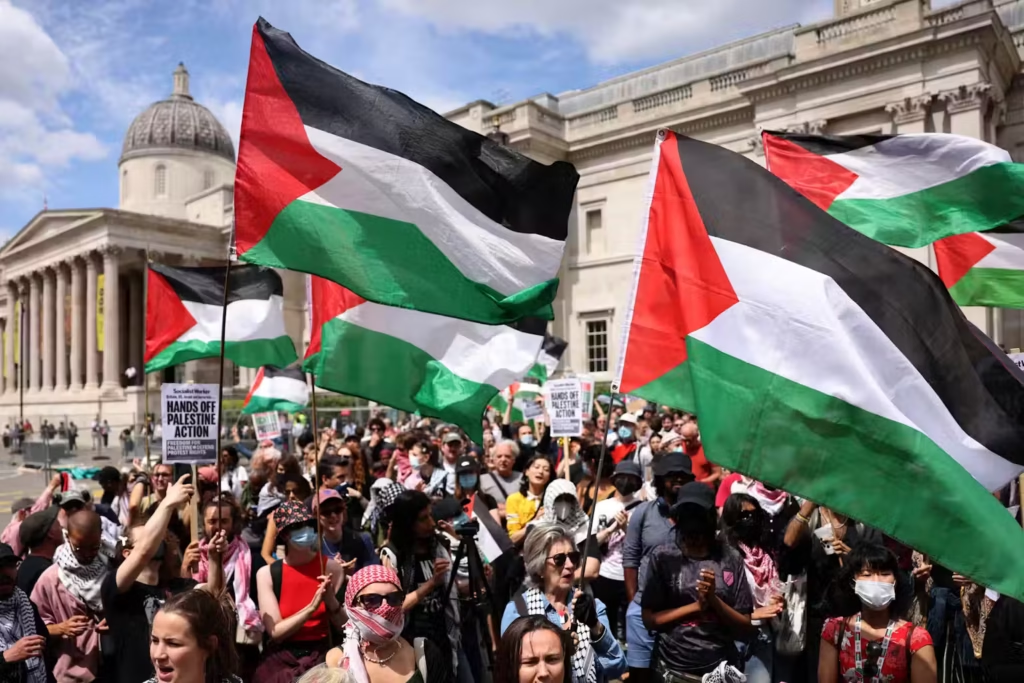
And that’s the real lesson: free expression isn’t free when Gaza’s on the line. But solidarity makes the cost bearable.
What Creatives Can Do
- Mirror your work. Don’t rely on one platform; post across channels.
- Know the policies. Read contracts and handbooks—know the “morals clauses.”
- Document everything. Keep receipts if you’re disciplined.
- Build solidarity. Don’t go it alone—collectives amplify protection.
Want to keep building the resistance?
→ Subscribe to our newsletter for creative tools, DIY guides, and subversive skill-building.
→ Tag your projects with #newgirlarmy
→ Pitch your own story for She Zine Mag.
→ Share your resources with us and we’ll list them on the site.
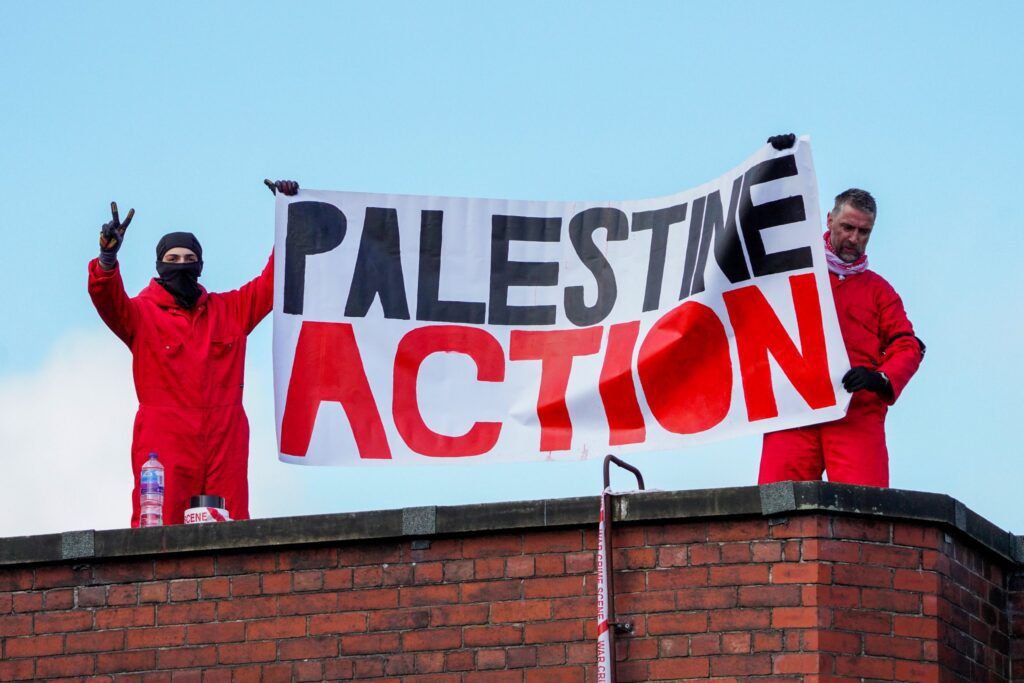
Sources:
“US professors suspended, probed over Gaza war comments.” Reuters, Nov 2023.
“Macklemore pro-Palestine song faces YouTube ‘shadow ban’.” The New Arab, May 2024.
“Melissa Barrera Fired from Scream 7 for Pro-Palestine Social Media Posts.” Vulture, Nov 2023.
Carlos Aguilar, “Melissa Barrera fired over social posts on Gaza.” Los Angeles Times, Apr 2024.
“Melissa Barrera Dropped from Scream 7 Over Pro-Palestinian Social Posts.” Teen Vogue, Nov 2023.
Taylor Dafoe, “Artforum Editor Fired Over Pro-Palestinian Open Letter.” Artnet News, Oct 2023.
Annie Shaw, “Artforum fires editor over ceasefire letter.” The Art Newspaper, Oct 2023.
“How an Arizona college class on Gaza led to doxxing and retaliation.” Reuters, Dec 2023.

AXO (she/her) is a multidisciplinary creator, editor, and builder of feminist media ecosystems based in Toronto. She is the founder of She Zine Mag, Side Project Distro, BBLGM Club, and several other projects under the AXO&Co umbrella — each rooted in DIY culture, creative rebellion, and community care. Her work explores the intersection of craft, technology, and consciousness, with an emphasis on handmade ethics, neurodivergent creativity, and the politics of making. She is an advocate for accessible creativity and the power of small-scale cultural production to spark social change. Her practice merges punk, print, and digital media while refusing to separate the emotional from the practical. Above all, her work invites others to build creative lives that are thoughtful, defiant, and deeply handmade.
